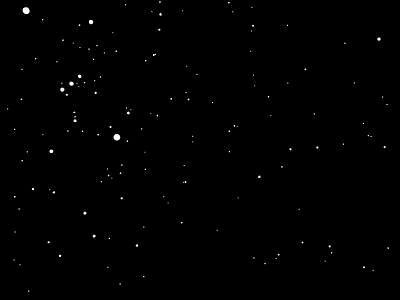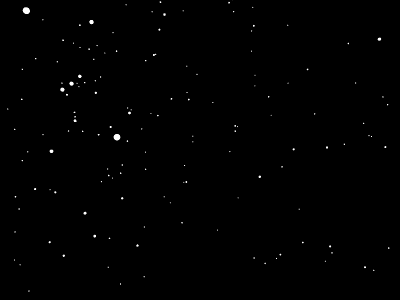
DOME EDUCATION
Portable Planetarium Programs
School Programs
1st Grade Astronomy: Sun, Moon & Stars
35-45 minute program
1st Grade students have a wide range of abilities and maturity, and dramatically change through the year. Program content and activities will be modified to suit the needs of your children
Proposed 1st grade program
-
Students model the Moon's orbit and observe lunar phases, lunar and solar eclipses
1.S.1A Inquiry: 1.S.1A.1, 1.S.1A.2, 1.S.1A.3, 1.S.1A.4, 1.S.1A.6
1.P.2A: Exploring Light and Shadows: 1.P.2A.3
1.E.3A: Exploring the Sun and Moon: 1.E.3A.2
2. Students model Earth's rotation and observe sunrise/sunset
1.S.1A Inquiry: 1.S.1A.1, 1.S.1A.2, 1.S.1A.3, 1.S.1A.4, 1.S.1A.6
1.P.2A: Exploring Light and Shadows: 1.P.2A.3
1.E.3A: Exploring the Sun and Moon: 1.E.3A.1
3. Students model Earth's orbit around the Sun and observe the change in the length of daylight and night and the position of Earth in summer and winter
1.S.1A Inquiry: 1.S.1A.1, 1.S.1A.2, 1.S.1A.3, 1.S.1A.4, 1.S.1A.6
1.P.2A: Exploring Light and Shadows: 1.P.2A.3
1.E.3A: Exploring the Sun and Moon: 1.E.3A.4
4. Students observe the night sky at sunset on the day of the programs and learn to distinguish planets from stars, learn to identify the planets visible that night in the evening sky, and learn to locate and identify prominent constellations
5. Time permitting, students will learn some of the mythologies associated with the constellations from Greek, Roman and Native American cultures
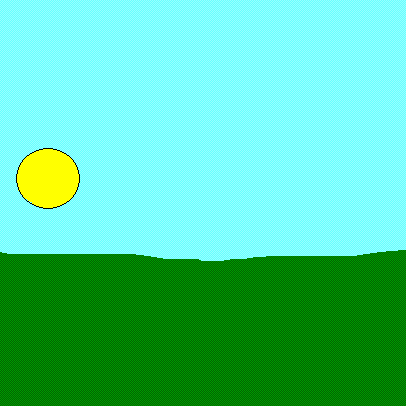
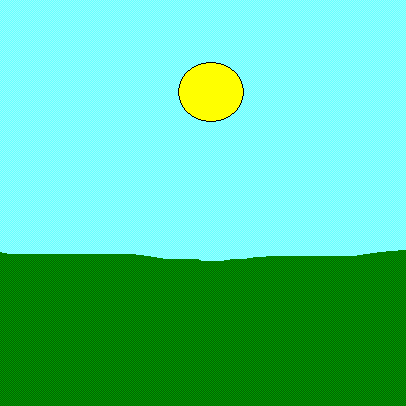


3rd Grade Social Studies: Sailing by the Stars to Explore South Carolina
45-minute program
The exploration of South Carolina led to the Slave Trade and determined the course of America.
The early explorers, Woodward, Hilton, Ribaud and DeSoto, sailing from England, France and Spain followed the stars, as did those escaping from slavery many years later. "Follow the Drinking Gourd" sail south along the coast of Africa before crossing the Atlantic? The answer involves prevailing winds, latitude, the North Star and a trip on the ocean at night. Set the night watch!
4th Grade Basic Astronomy
45-60 minute program
45-minutes to 1 hour per class, 25 students per class
-
Students model the Moon's orbit and observe lunar phases, lunar and solar eclipses 4.E.3B.1
-
Students model Earth's rotation and observe sunrise/sunset 4.E.3B.2
-
Students model the tilt of Earth's axis and observe the change in the length of day and the path of the Sun through the year 4.E.3B.3, 4.E.3B.4
-
Students model Earth's orbit around the Sun and observe the difference between the constellations observable in the Summer and Winter skies 4.E.3A.2
-
Students locate the positions of the planets based on which planets can be seen at sunset, midnight and sunrise at the time of the programs and on the constellations in which each planet appears 4.E.3A.1
Extended programs are available for two, three and four days. Extended programs include additional days in the planetarium:
-
one day to explore lunar phases and eclipses, including Earth's rotation
-
a second day to explore the seasons including the changing length of daylight and night and the changing path of the Sun across our sky through the seasons, and the position and movement of the planets;
-
a third day to explore the constellations visible through the seasons and their mythologies, meteor showers, and our location and perspective on the Milky Way, if available.
Instruction outside the planetarium will have students make scale models of the Earth, Moon, Sun and other planets in the solar system:
-
to observe our unique perspective that produced the total solar eclipse as occurred in 2017
-
to create a model of the solar system on your classroom ceiling that can be moved each month to show Earth's position around the Sun and used to predict the planets that will be visible at sunset, midnight and before sunrise, with the location of the constellations of the Zodiac, the months of the year and the seasons labeled on the classroom walls
-
to create a scale model of the solar system centered on your classroom and extending out into the neighborhood, about 2 miles for the orbit of Neptune. position of the planets. Students will build a working model of the solar system on each classroom's ceiling that can be moved each month to show the progression of the inner planets and when and where they will appear in the sky.




6th Grade Comparative Mythology
45-minute program
Throughout history, nearly every culture creates mythologies about the stars. The differences in the stories of the same stars reflect the differences in the economies, and geography and values of their culture: agrarian, nomadic or seafaring; equatorial, tropical or polar. Yet the mythologies of other stars are remarkable similar among cultures separated by thousands of years and located on separate continents and latitudes.
Depending upon your needs, this program can serve as an introduction to a unit that you continue in your classroom or as a culmination activity in which groups of students present the mythologies from the cultures they have researched related to one specific constellation.
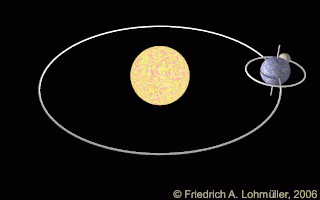
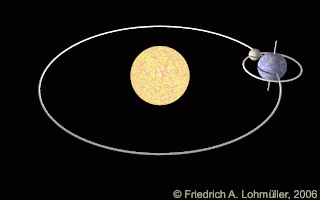
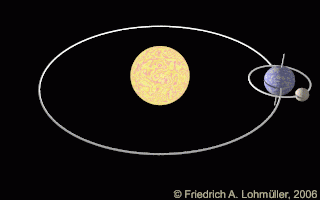

8th Grade Basic Astronomy
60 - 90 minute program
3 days in planetarium or 1st and 3rd days in planetarium and 2nd day in classroom creating a scale models of the solar system.
The content and number of days can be modified to suit your needs.
Planetarium content and instructional activities:
-
Students model the Moon's orbit and observe lunar phases, lunar and solar eclipses 8.E.4B.4
-
Students relate the phases of the moon visible in the evening and morning to the Moon's orbit
-
Students model Earth's rotation and observe sunrise/sunset 8.E.4B.4
-
Students model Earth's rotation to understand the apparent circumpolar motion of the sky.
-
Students model the tilt of Earth's axis and observe the change in the length of day and the path of the Sun through the year 8.E.4B.3
-
Students model Earth's orbit around the Sun and observe the difference between the constellations observable in the Summer and Winter skies 8.E.4A.1
-
Students identify constellations of the Zodiac that can be seen in summer and winter
-
Students locate the positions of the planets based on which planets can be seen at sunset, midnight and sunrise at the time of the programs and on the constellations in which each planet appears 8.E.4B.1
-
Students model tides and are shown how tidal interaction transfers angular momentum between Earth and Moon. This explains why the Moon has the same apparent diameter as the Sun, resulting in the visible corona during total solar eclipses 8.E.4B.2
-
Students explore, compare and contrast mythologies from Greek/Roman cultures, Native Americans, and other cultures. English Language Arts and Social Studies integration
-
Structure of the Milky Way galaxy and the location of the solar system within it 8.E.4A.1
-
Precession of the equinoxes and the Zodiacal calendar
Classroom instructional activities:
-
Students use clay to make scale models of the Earth/Moon/Sun and observe the alignment that causes a total solar eclipse. Mathematics and visual arts integration
-
Students create a model of the solar system on their classroom ceiling including location of the seasons, constellations of the Zodiac, months and current location of the planets. Inner planets can be moved throughout the rest of the year to reinforce the concepts and predict which planets will be visible at sunset, midnight and sunrise
-
Students use the scale model of the Earth/Moon/Sun to create a scale model of the solar system centered on their school. Orbits of the outer planets intersect familiar locations in their neighborhood while planets are 1 – 3 inches in diameter. Mathematics and visual arts integration
8th Grade & High School Advanced Astronomy
Scale of the Solar System & Galaxy
Full-day to week-long program
Mathematical calculations to construct several scale models of the Earth, Moon, Solar System, size and distance of local stars, Milky Way and local group of galaxies.
Depending upon time available, we will construct scale models of Earth, Moon, Sun, planets, and solar system, investigate eclipses, tides, unique properties of our Moon, exploration of the planets and travel to the stars.
This will be an eye-opening experience into our place among the cosmos and the power of basic mathematical computation.
